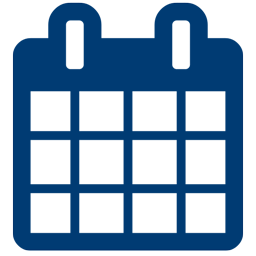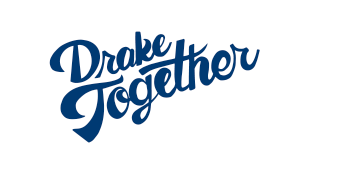Skip Sub Menu
Program Assessment
As goal-oriented academic programs, Drake academic programs identify the skills and abilities they expect students to possess when they graduate, and regularly review and reflect upon students’ ability to achieve these outcomes.
University Calendar 


